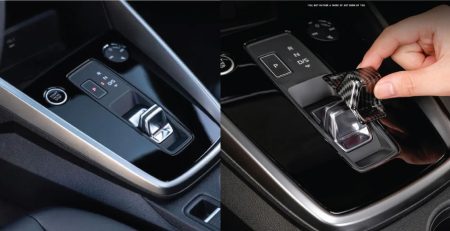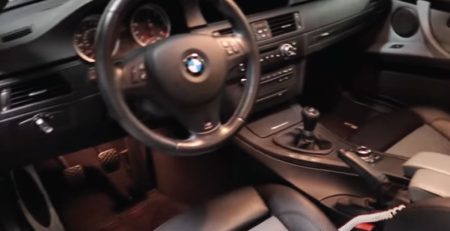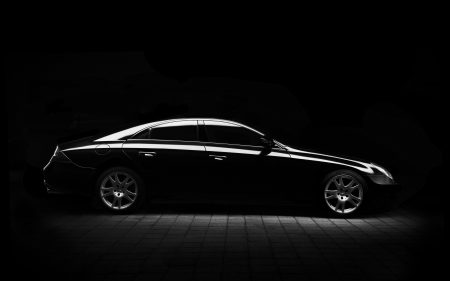What Are The Reasons To Add A Dead Pedal to Your Car? Below, Are The Five Reasons Listed!
Dead pedals are mainly footrests. But they also increase competitiveness in racing, prevent clutch wear; reduce pain in the knee and back, and more. Read why you need one.
A dead pedal is a flat plate on the left of all other pedals in an automobile’s foot well area. Dead pedals are permanently fixed, often about the same size as an accelerator pedal – sometimes bigger.
A dead pedal can be a metal plate or rubber block or integrated into the floor contours. Sometimes they match the accelerator, brake and clutch pedals look. Occasionally referred to as “foot rests”, the main purpose of dead pedals is just that -to serve as a supportive footrest so the driver’s left foot doesn’t hang at an uncomfortable angle.
But did you know that dead pedals also benefit from other benefits? We’ll look at five of these benefits in this article, and we’ll highlight some dead pedals and foot rests that you may find useful.
Dead Pedals Make Driving More Comfortable
The additional support of dead pedals should not be underestimated. The stress on the muscles and nerves in the leg, knee and back is reduced by providing an ergonomic rest spot for the left foot exactly where it is needed. On long trips or everyday commutes, this increases driver comfort level for just about everyone. If you have back or knee problems, a dead pedal can really make a difference.
Do you have a BMW and need help finding a high quality performance cam gear at an affordable price?
Click on the image of the product below to directly send you directly to the product link!
Dead Pedals Can Prevent Clutch Wear
Because a dead pedal provides a logical area for the left foot to rest on, inadvertent use of a clutch pedal edge for foot support is eliminated. Even a slight amount of pressure on a clutch pedal causes the clutch plate to pull slightly away from the engine’s flywheel -causing slippage and a high degree of expensive wear.
Dead Pedals Make Manual Transmission Shifting Easier
When your foot is sitting on the floor, it has to travel up and around the clutch pedal to depress it accurately and with control. When your foot rests on a dead pedal, it is much more natural to slide it onto the clutch pedal. As such, much less effort is required during each shift.
So if you have a stop – and – go commute, a dead pedal takes a lot of the agony out of clutching a manual vehicle. And it will most likely increase the satisfaction of rowing through the gears yourself under normal driving conditions.
Race Cars All Have Dead Pedals – for Good Reason
Continuing from the points made above, dead pedals are especially useful when racing a manual transmission vehicle. On a track, fast, well-timed shifts can gain you valuable seconds and make the difference between victory and defeat. When bringing your foot up from a flat floor surface quickly, it’s easy to catch that foot on the side of the clutch pedal instead of stepping squarely on the top. Pros ensure that dead pedals are installed in their vehicles, and so should you, to avoid any such mistakes.
In addition, pedaling is much easier if you can place your left foot in the right position and at the right angle. You don’t need to be on a race track to see how dead pedals cut the response time and make this driving technique easy to carry out with finesse.

Dead Pedals Can Help Prevent Accidents
Did you ever find yourself in a situation where sudden, hard braking was necessary to prevent a crash? If so, you can appreciate how it was necessary to brace yourself to avoid loss of balance in the seat. A dead pedal provides an easy place to instinctively brace the left foot to maintain control.
With both feet that can hold firmly against objects of similar shape and distance, you can apply more force to the brake pedal and, at the same time, stay more squarely in the driver’s seat, which is ideal for impact.









